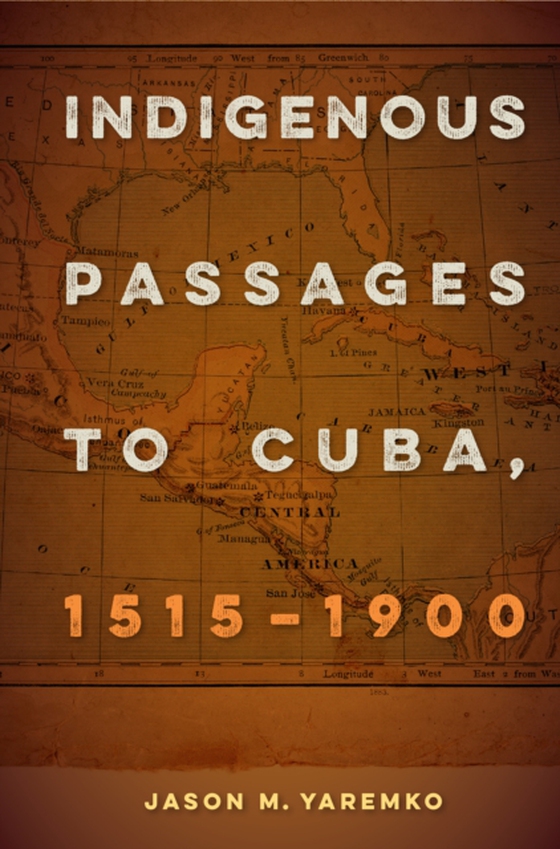
Indigenous Passages to Cuba, 1515-1900 e-bog
802,25 DKK
(inkl. moms 1002,81 DKK)
During the colonial period, thousands of North American Native peoples traveled to Cuba independently as traders, diplomats, missionary candidates, immigrants, or refugees; others were forcibly transported as captives, slaves, indentured laborers, or prisoners of war. Over the half millennium after Spanish contact, Cuba served as the principal destination and residence of peoples as diverse as ...
E-bog
802,25 DKK
Forlag
University Press of Florida
Udgivet
13 juli 2016
Længde
288 sider
Genrer
1KJC
Sprog
English
Format
pdf
Beskyttelse
LCP
ISBN
9780813055909
During the colonial period, thousands of North American Native peoples traveled to Cuba independently as traders, diplomats, missionary candidates, immigrants, or refugees; others were forcibly transported as captives, slaves, indentured laborers, or prisoners of war. Over the half millennium after Spanish contact, Cuba served as the principal destination and residence of peoples as diverse as the Yucatec Mayas of Mexico; the Calusa, Timucua, Creek, and Seminole peoples of Florida; and the Apache and Puebloan cultures of the northern provinces of New Spain. In this first history of the significant and diverse Amerindian presence in Cuba during and well beyond the early colonial period, Yaremko demonstrates the diverse, multifaceted, and dynamic nature of the indigenous diaspora in colonial Cuba.Acknowledging these groups' role in geopolitical, diplomatic, economic, and diasporic processes, Yaremko argues that these migrants played an essential role in the historical development of Cuba. With case studies and documentation from various sites, Yaremko's narrative presents a fuller history of Amerindian migration and diaspora in Cuba and the rest of Latin America.
 Dansk
Dansk

